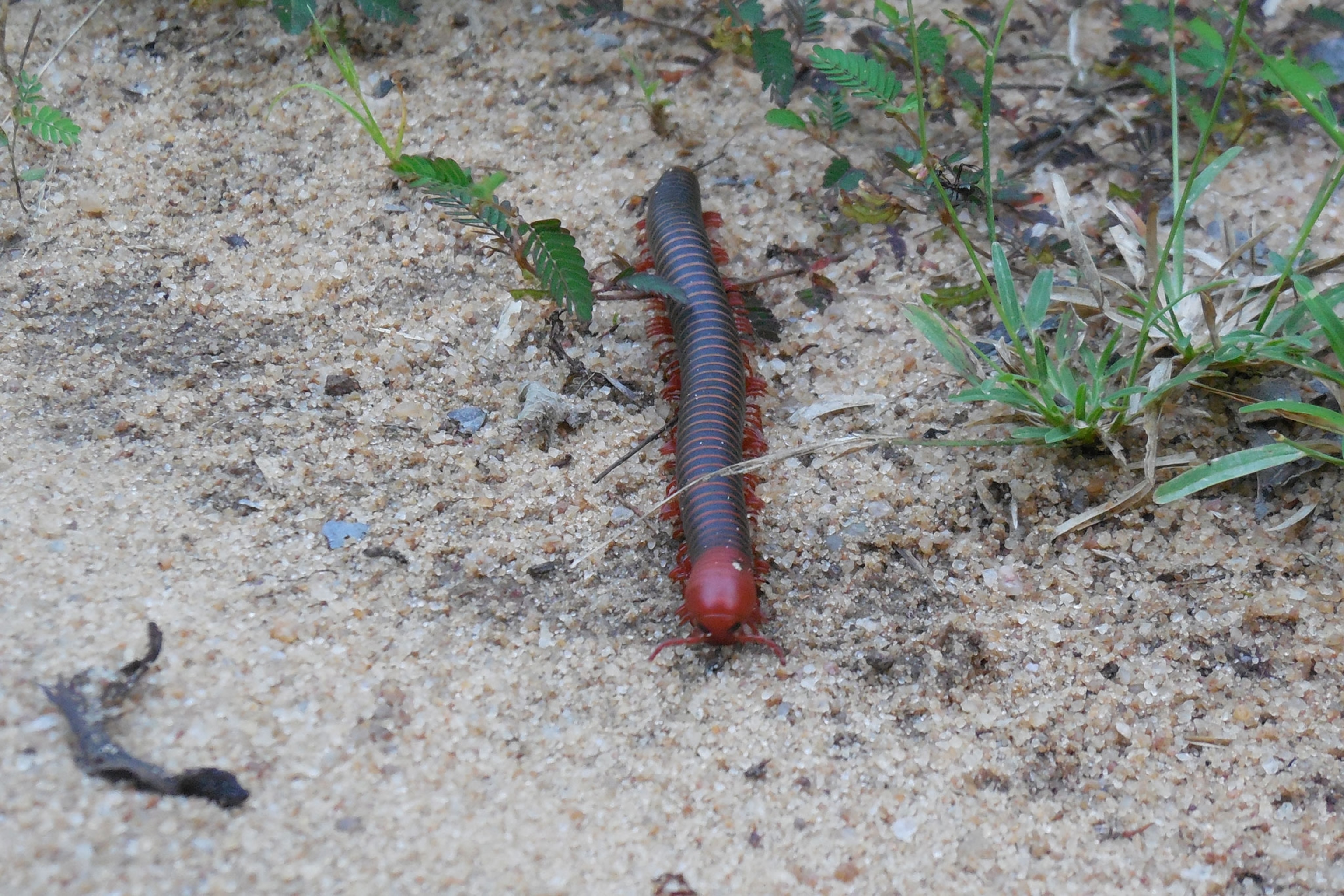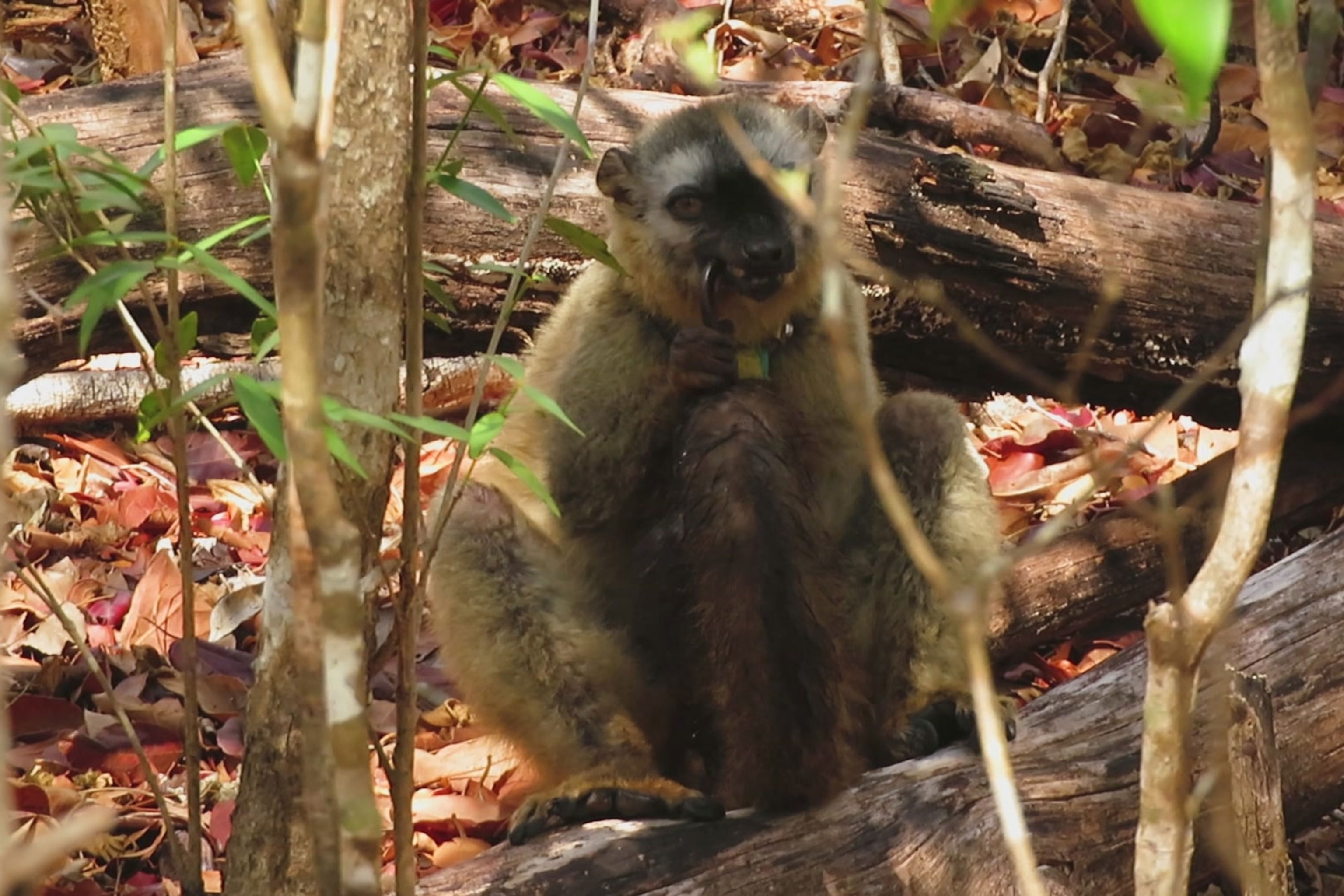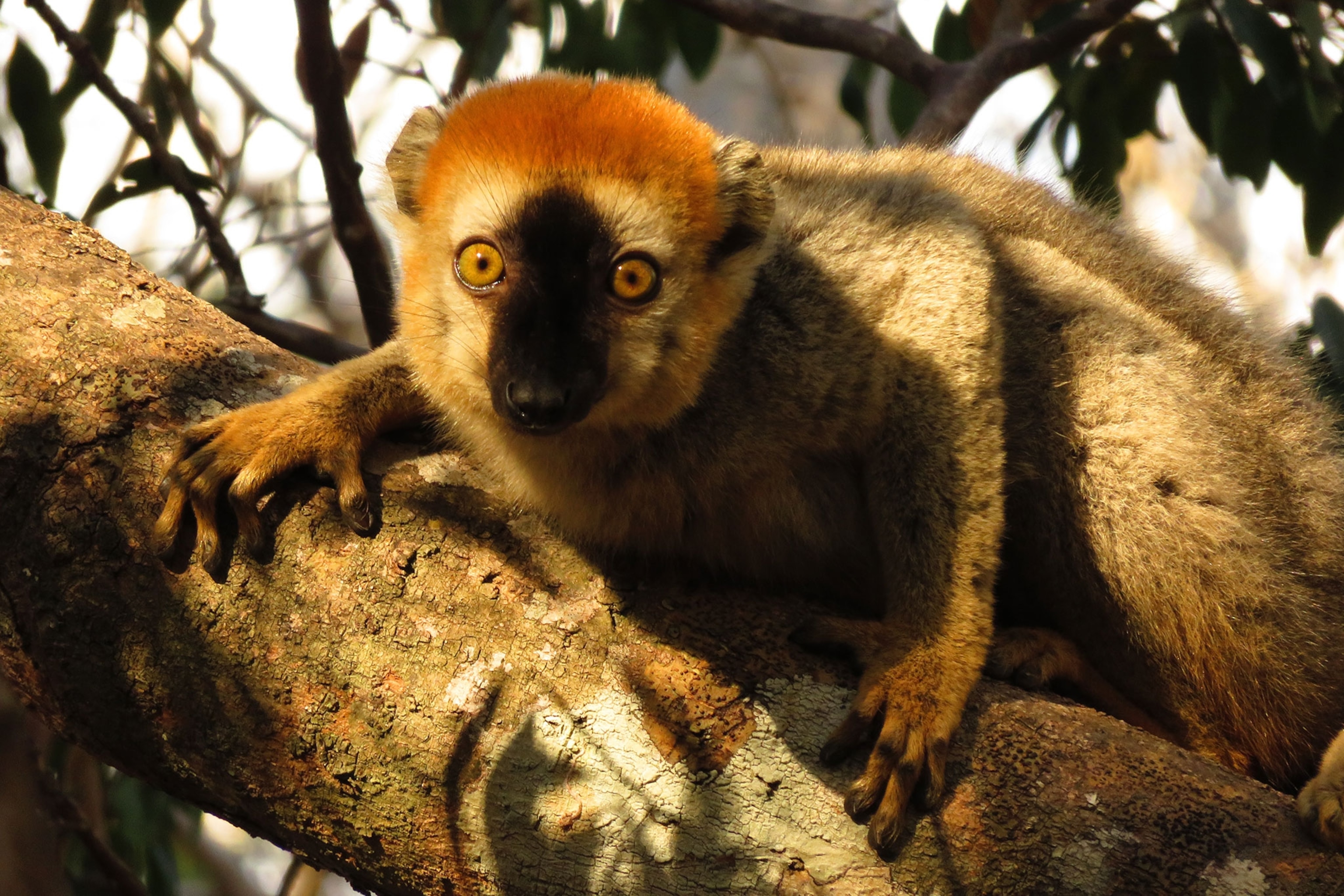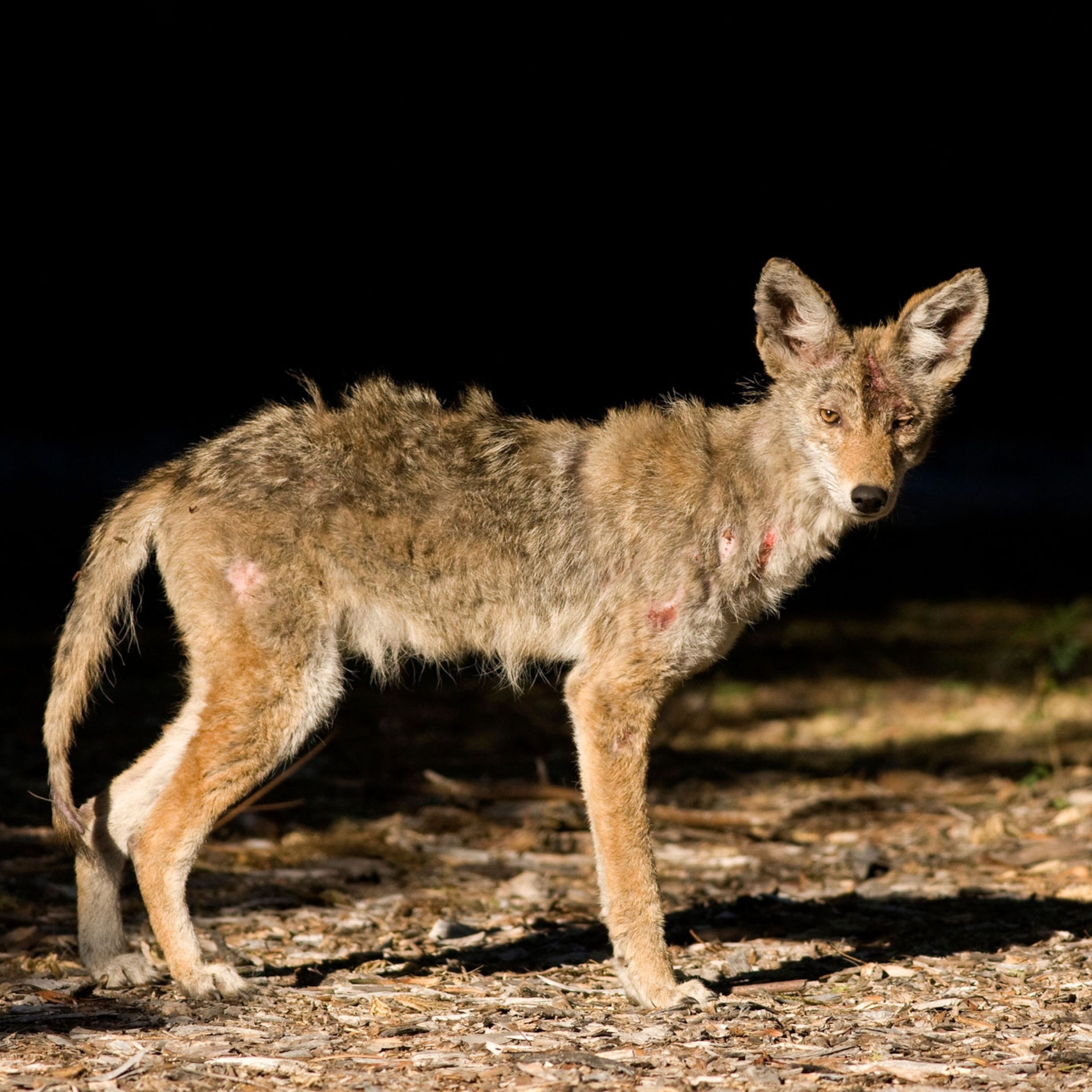Generally speaking, it’s never a good idea to put a millipede in your mouth. Nor would it be advisable to whip one into a frenzy and then rub it all over your genitals.
After all, millipedes are known to produce an array of toxic secretions that keep predators at bay. Some species can even cause chemical burns.
However, in November of 2016, animal behaviorist Louise Peckre watched as a female red-fronted lemur in Madagascar’s Kirindy Forest picked up a giant millipede. The creature began alternating between chewing on the noxious critter and massaging it into the fur around her tail and sex organs. Finally, she gobbled the arthropod down.
As Peckre watched, the lemur then found two more millipedes and went through the routine all over again. By the time she was finished, the lemur’s bottom half was visibly soaked with a frothy mix of saliva and the arthropod’s electric orange secretions.
Later that day, she witnessed five more lemurs from two separate groups perform the same bizarre behavior. The animals hadn’t previously been witnessed eating these animals, or, of course, rubbing them all over. What did it all mean?
It’s too soon to say for sure, says Peckre, who is studying lemur communication at the German Primate Center. But in a paper published this week in the journal Primates, she and her coauthors make a compelling case that the red-fronted lemurs may be using the millipede secretions to self-medicate against intestinal parasites.
Take Two Millipedes and Call Me In The Morning
To understand why the red-fronted lemurs might rub toxins on their genitals, first you have to understand that this species harbors a greater variety of gastrointestinal parasites than any other lemur species.
What’s more, some of these nematodes can cause itchy rashes around the lemurs’ backsides when the adult worms exit the anus to lay their eggs on the surrounding skin.
Studies have shown that one of the toxic chemicals millipedes produce is called benzoquinone, a substance which has been proven to have insecticidal and antimicrobial properties. While benzoquinone is probably used by the millipedes to avoid getting eaten, the lemurs seem to have learned how to extract the chemical for their own uses.
Derek Hennen, an entomologist studying millipedes at Virginia Tech, said the vigorous rubbing the lemurs use is a smart tactic.
“Millipedes will secrete more toxins when continually disturbed,” says Hennen. “If they immediately erupted in toxins upon the slightest bump, it wouldn't be a very good defense because it takes time to make new toxins.” (See also: Camel spider and millipede fight in rare video)
The next step, says Peckre, will be to experimentally test whether benzoquinone kills or deters specific parasites accosting the red-fronted lemurs.

Self-Care
Red-fronted lemurs wouldn’t be the first animals observed self-medicating.
For instance, orangutans were recently discovered chewing up leaves with known anti-inflammatory properties and applying them to their skin. Other lemurs, chimpanzees, brown bears, and hedgehogs are among the other animals that perform so-called self-anointing behavior.
“Some use plants, some use ants, and some use millipedes,” says Michael Huffman of the Primate Research Institute of Kyoto University.
Interestingly, Huffman says this is the first time anyone has documented millipede ingestion for potential medicinal uses. Usually the animals just apply the millipedes topically.
Hennen was also unaware of any instances where an animal has been seen eating a millipede for medicinal purposes.
Prevention: The Best Medicine?
Because millipedes are not thought to be a valuable food source for red-fronted lemurs, Peckre and her coauthors hypothesize that the animals may be eating them for other reasons. Specifically, the scientists think a few doses of millipedes could help prevent future parasitic infestations.
It’s unclear how the animals are able to stomach the poisonous arthropods, but the rubbing behavior may help detoxify the millipedes. A similar behavior has been seen in birds that rub formic-acid-secreting ants on their feathers, possibly as a way to make the ants more palatable.

Oddly, fecal analysis shows red-fronted lemurs experience a spike in parasites at the beginning of the rainy season, which is precisely the time of year millipedes tend to emerge from the ground. It’s almost as if the lemurs’ pharmacy becomes available right when they need it most. (Related: Is it possible to smell weakness? Lemurs can)
Huffman, who has studied self-medication in animals extensively, remains skeptical that the animals are thinking ahead, though.
“The short answer here is, no, there is no good evidence for preventive care in animals,” says Huffman.
However, he says every animal on the planet is prone to illness and parasites. So it makes sense that each species would find ways to “address the discomfort and return to their ‘normal’ state,” he says.
But whether animals do this intentionally has not been proven.
Peckre says the many remaining mysteries surrounding lemurs should spur greater efforts to conserve the ecosystems they inhabit. Fully 95 percent of lemur species are facing extinction, according to a recent meeting of the world’s leading primate scientists.
“The place where we are living is really threatened with deforestation,” says Peckre. “So it’s a bit of a fight every day [just] to be able to do research here.”









